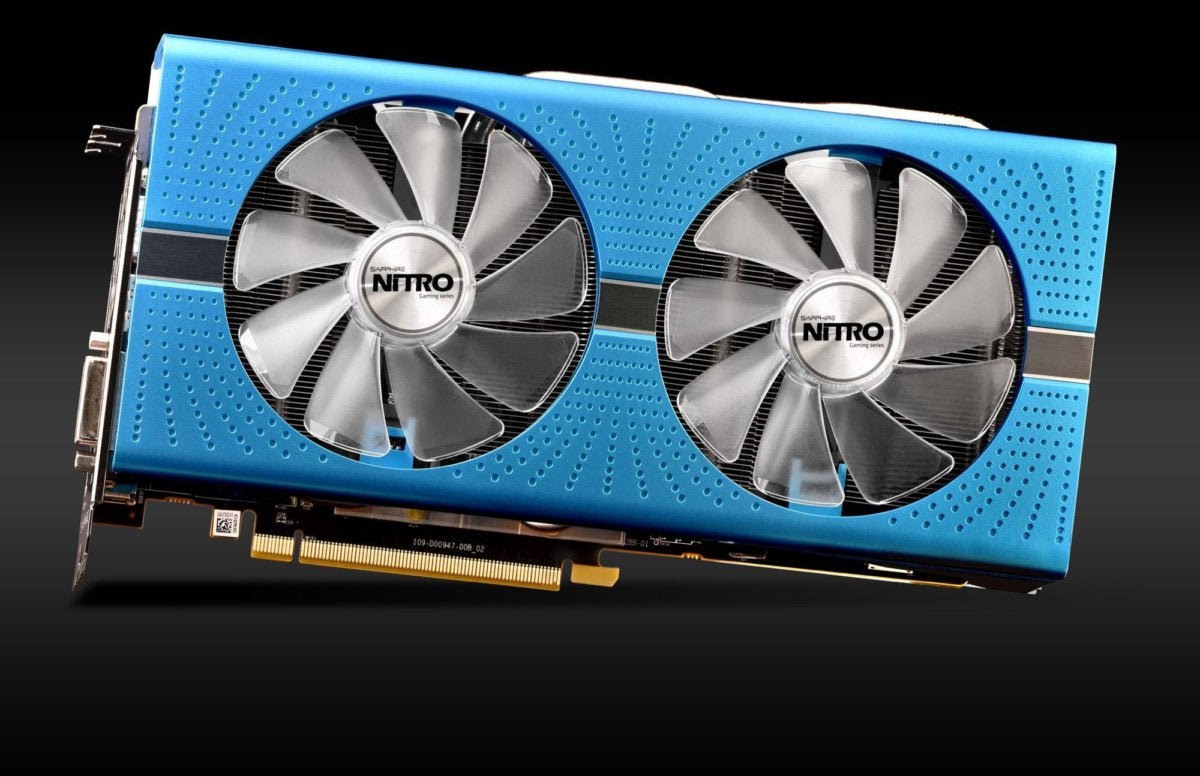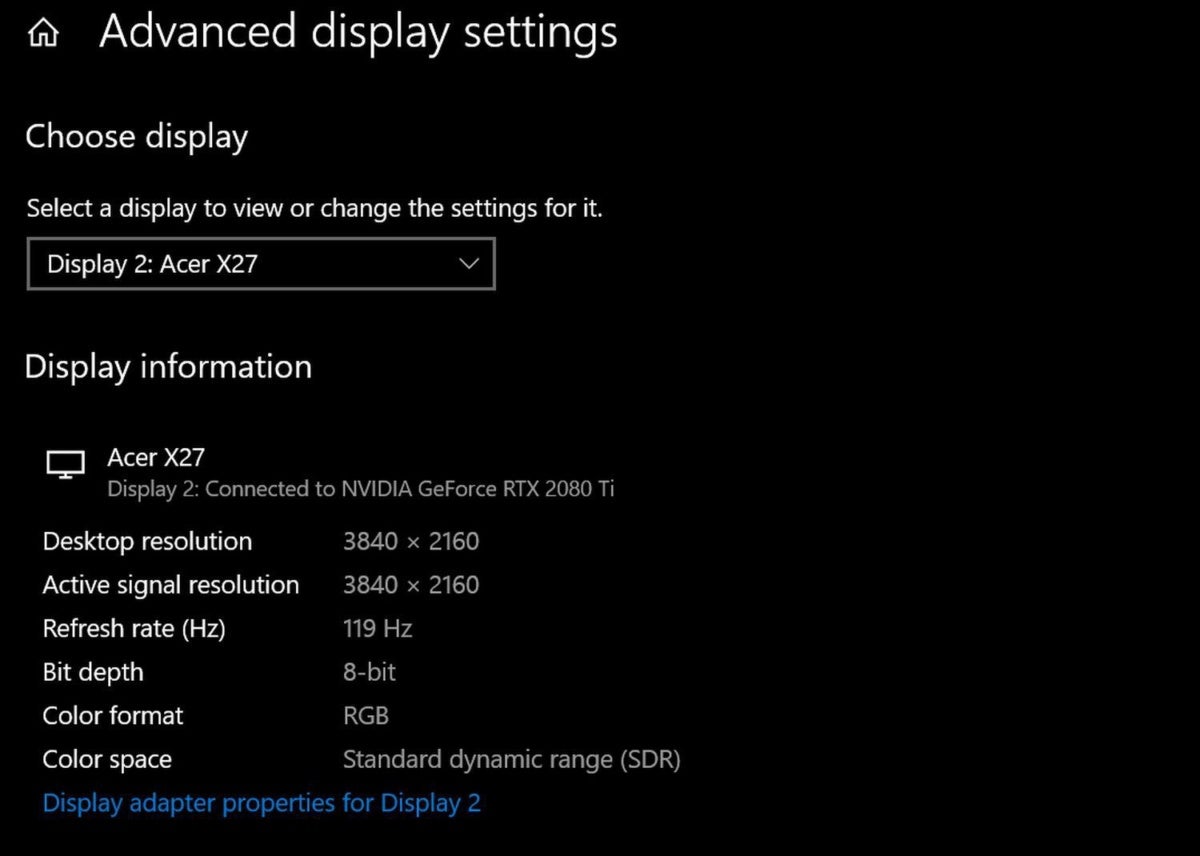The best 1080p graphics card for PC gaming - weaveryone1946

Brad Chacos/IDG
Sure, 4K and ultrawide-result monitors English hawthorn master headlines, but virtually PC gamers play at 1080p resolution Beaver State to a lower place, according to the Steam Ironware Survey. And what a time it is to be gambling at HD! You used to birth to spend around $250 to $300 to pick up a decent 1080p nontextual matter card. These years, you but need to spend that a good deal if you have a monitor with an extremist-fast 120Hz, 144Hz, Beaver State 240Hz review rate and want to squeeze as a lot come out of the closet of it as possible.
To the highest degree masses play on 60Hz monitors and want games to reach a aerodynamic 60 frames per second. Good news! The best 1080p art card game hit those targets without breaking the bank. You can even discovery some solid 1080p GPU options for under $150 if you don't mind tinkering with in-game visual settings.
If you want a wider look at the world of mellow-performance GPUs, comprise sure to look into our overarching guide to the best graphics cards for PC gaming, where we also explore your best options for 1440p and 4K resolution, and divvy away buying tips to keep in mind while you're on the hunt for new ironware
The best art card for 1080p gaming
Your best option for PC gaming at 1080p resolution is the Nvidia GeForce GTX 1660 Super, which starts at $230. The graphics card muscled past its non-Super sibling simply past swapping in ultra-fast 14Mbps GDDR6 memory.
Upgrading from the GTX 1660's GDDR5 memory gives the Super a 7- to 18-percent performance advantage depending on the game. The GeForce GTX 1660 Super has no problem sustaining 60 fps in most modern AAA games even when you enable wholly accomplishable eye candy, with plenty of performance headroom left for even out more taxing games sure to come in the future. In games with civilised art options built specifically to emphasise ironware, such as the GPU-meltingMetro Exodus, you may need to sink to the second-highest graphics horizontal, but those situations should personify few and immoderate between.
Nvidia equipped the GTX 1660 Super with 6GB of aboard memory—plenty for 1080p gaming, and enough for the unobjectionable 1440p play that this card is also capable of, if you don't mind dropping visual quality a little. Now that Nvidia supports AMD's FreeSync displays, albeit in a slightly convoluted room, you can pair the GTX 1660 Super with a FreeSync OR G-Sync monitor to get smooth over, stutter-free adaptive sync gaming.
Add it all up, and the GeForce GTX 1660 Super is the best graphics card for 1080p gambling at 60 frames per second right now. It effectively rendered both the $200 GTX 1660 Super and $280 GTX 1660 Ti obsolete, though some of those GPUs are still available. The Super is a much better value.
The best 1080p graphics cards for high refresh rate monitors
Piece the GeForce GTX 1660 Super is the best 1080p play option for most people, IT isn't the only ace.
If you want yet quicker performance or want to put in lancinate-edge real-time ray tracing capabilities, consider the GeForce RTX 2060. It's very more of a 1440p gaming GPU, but it's worth considering if you've invested in a soprano-refresh rate monitor and want to put its 120Hz or 144Hz capabilities to work as much as possible. These graphics cards ostensibly carry a $350 MSRP, merely Nvidia recently dropped the terms of its GeForce RTX 2060 Founders Edition to $300, a price matched by the rattling EVGA GeForce RTX 2060 Kayo.
The GeForce RTX 2060's dedicated RT and tensor cores unlock real-time ray tracing capabilities in games ilkControl andUnderground: Exodus, though performance in ray derived games will equal modest. The technology is really intensive and puts a big hit on set up rates, and the GeForce RTX 2060 sports less dedicated ray tracing hardware than any past Nvidia RTX graphics circuit card. That said, ray tracing's impressive to see in action, and Nvidia's artwork cards offer superior power efficiency.
Nvidia and its partners born pricing on the GeForce RTX 2060 in response to AMD's Radeon RX 5600 XT, another option for great 1080p gaming with few (if any) visual compromises. Models start at $280, though street pricing has fluctuated greatly since its plunge.
The Radeon RX 5600 XT is faster than the identically priced GeForce GTX 1660 Ti across the room and can even go blow-for-blow with the pricier RTX 2060—but merely sometimes. Last-second belt along and king upgrades unlocked away AMD, but not ready-made on tap altogether usance models, think of that some Radeon RX 5600 XTs are much quicker than others. Here's how we explained it previously:
"In reaction to Nvidia's RTX 2060 price cuts, AMD let its partners release last-indorse VBIOS upgrades that greatly enhanced the Radeon RX 5600 Crosstalk's power draw, clock speeds, and memory speeds. The upgraded VBIOS achieves over 10 percent higher carrying into action, thanks largely in separate to the memory bump from 12Gbps to 14Gbps. But not every custom RX 5600 XT will encounter an upgraded VBIOS, and some of the ones thatdo won't contract the crucial memory speed increment. Worsened, since it was a 11th-hr improvement, the first wave of Radeon RX 5600 XT stock certificate on hive away shelves likely doesn't come with the quicker VBIOS preinstalled, requiring you to manually update your graphics placard to get the performance increases."
It's confusing. If you don't want to deal with the mess, opt for an Nvidia GeForce GPU, or the $290 Sapphire Pulse Radeon RX 5600 XT specifically.
Sapphire pushed proscribed a BIOS upgrade that improves both computer memory and time speeds to AMD's allowed maximum. Eventide with the faster speeds, it clay whisper quiet while you'rhenium gaming. Better yet, Sapphire managed to stimulate that new BIOS on most North American stockpile, soh buyers in the U.S. government probably South Korean won't postulate to install it themselves. Best of whol, the Sapphire Pulse carries a mere $10 price premium. The whole package makes it much much compelling than rival RX 5600 XT models the like the XFX Thicc II In favor, which would've been more appealing before AMD's last-second tinkering.
Budget 1080p graphics cards
If you're willing to forgo maxing out the visuals in your games, you can baffle into 1080p gaming for much cheaper with the $160 GeForce GTX 1650 Super and $170 Radeon RX 5500 XT.
Some pack 4GB of GDDR6 memory board and fork over square 1080p gaming operation at Medium or High graphics settings in nigh games. We recommend the GTX 1650 Super for most mass: Nvidia's GPU is effectively equal in performance or flat-out faster than the Radeon RX 5500 XT in most of the games we tested, and it starts at $10 less. AMD bundles the RX 5500 XT with free copies of the Resident Evil 3 remake and Ghost Recon: Breakpoint, however, as well as three disembarrass months of Microsoft's superb Xbox Game Die down for PC. All that might tip over the scales in Team Red's favor if you find the freebies powerful.
Don't bedevil the $160 GeForce GTX 1650 Super with the $150 GTX 1650, though. The non-Super version is much, much slower and isn't worth considering in most cases. Some models can be powered solely by your motherboard's PCIe slot; if you Don River't have extra power connectors on your power supply, the not-Super GTX 1650 is your best gaming option short of upgrading your entire PC. In that case, however, also consider giving Nvidia's GeForce Now taint gaming armed service a whirl if you've got broadband Internet. IT can fun games faster than the GTX 1650, and with many eye candy enabled. Pee-pee sure to use a tense ethernet connection if possible.
 Sky-blue
Sky-blue The Sapphire Nitro Plus Radeon RX 590 Special Edition.
Finally, AMD's last-gen Radeon RX 500-series GPUs are still available despite existence replaced past the Radeon RX 5500 XT, and they remain compelling options for price-raw gamers. None of the older card game come bundled with free games, however.
The 4GB Radeon RX 570 can regularly be found for just now $120, and it's much faster than the GTX 1650 non-Super if you've got a spare power connector. It's a good option for playing with Cooked visuals in most games.
The Radeon RX 580, in the meantime, can often be found for $160 to $180, the same cost range every bit the newer Radeon RX 5500 Crosstalk. The older card packs capable doubly as much memory mental ability, at 8GB, though it's of the slower GDDR5 variety (and 4GB models are also available). The Radeon RX 580 equals or smooth beat generation the newer notice's 1080p functioning in some of the games we tested, albeit at drastically high power consumption. The 8GB Radeon RX 590 is faster (and more power hungry) yet, and can follow found for approximately $190, though supplies look to be drying up.
The Radeon RX 580 and 590 are sound for play with High graphics settings in most games, though you whitethorn need to bump roughly things down to Medium in particularly energetic titles, or be capable to max out inferior intensive games.
How to control your monitor's refresh rate
A stack of this advice revolves around the refresh rate of your monitoring device. The faster your monitor refreshes, the faster the art card you can use.
 Brad Chacos/IDG
Brad Chacos/IDG None of the 1080p graphics cards mention today could feed this 4K, 120Hz display well.
If you aren't sure how hurried your monitor is, click the Lead off button in the lower-left corner of the Windows 10 taskbar, then head to Settings > System > Display. Scroll down past where you see the resolution for your monitor(s) listed, then click Advanced display settings at the bottom of the foliate. You'll see more elaborated stats for your display registered, including the refresh value in hertz (Hz). If you have multiple monitors, you'll be able to switch among them.
Some monitors arse run at different speeds depending on their settings. To see what's visible for yours, click the Display adapter properties link at the bottom of this page, past click the Varan chit in the new loge that appears. It'll house a drop-down menu with your available screen refresh rates. If what you see appears slower than what your monitor should be capable of, you might need to dive into the options menu for your specific monitor, which is accessible via hardware buttons on your display.
Got IT? Good. Again, if you're considering jumping on the far side 1080p be sure to chequer out our guide to the best graphics cards for PC play to see the second-best GPU options for 1440p and 4K resolution.
Note: When you purchase something after clicking links in our articles, we may realize a limited committal. Read our affiliate link insurance for more than inside information.
Brad Chacos spends his days dig through desktop PCs and tweeting too untold.
Source: https://www.pcworld.com/article/397967/best-1080p-graphics-card.html
Posted by: weaveryone1946.blogspot.com


0 Response to "The best 1080p graphics card for PC gaming - weaveryone1946"
Post a Comment